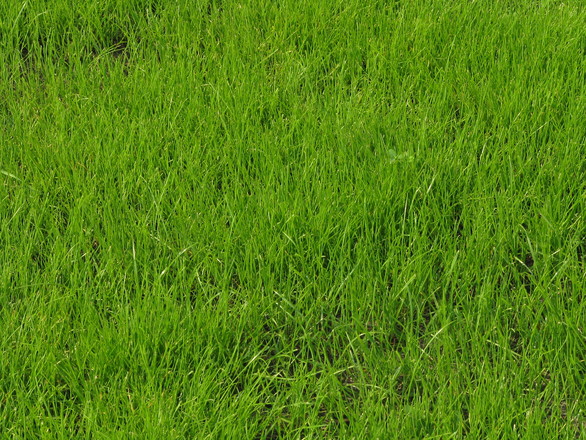Scientists in Nigeria add Vc to the meat of chickens in tropical climates. At the same feed supply, deaths were significantly reduced and body weights were significantly increased in the diets with Vc compared to non-added chickens. They believe that a Vc content of 1.5-2.0 (g/kg feed) will be sufficient to supplement its deficiency. In practice, Vc, if given as a preventive measure, can reduce the different stress states of chickens such as high temperature, high humidity, sudden interruption of feed and drinking water, immunization, disease, moulting, gnawing, catching, noise, and shifting. Adversely affected.
2. The role of vitamin C in immunity
During the stress period, the immune function of the chicken is decreased, and the supplementation of Vc will improve the effect of the stress factor on chicken immunity. First of all, Vc acts as an oxidant, destroying cell membranes by free radicals, thereby protecting lymphocytes (producing antibodies). Second, supplementing Vc will limit the excessive secretion of adrenal steroids and reduce the immune response.
North Carolina State University research findings suggest. The addition of Vc will provide a high level of protection against the lethal effects of chicken infectious bursal disease. Three-week-old chickens did not receive the Vc test group, and the overall mortality rate was 37%, while the Vc-added group had a total mortality rate of 20%.
3, Vitamin C helps bone formation
At present, the incidence of leg weakness in broilers has greatly increased. It is believed that the main cause is the difference in the fast growth of muscle and the slower bone development in modern breeders. The resulting economic loss can be as high as 15% of total income. In a basic study, Vc was added to a VD-free diet, and the level of addition gradually increased from zero to 2560 IU/kg. Each group of diets was fed or supplemented with Vc alone. At 21-28 days of age, blood samples were taken and the tibia and phalanges were taken for analysis. Vc increased the binding ability of the duodenal calcium-bound egg self by 50%.
4, Vitamin C helps to release the toxicity of toxic substances
Vc is essential for the activity of many enzymes in hepatocytes. Some of these enzymes specifically make light hormones specific hormones, so that these hormones lose their activity, such as corticosterone, acetone and progesterone. If Vc is depleted (if liver dysfunction), the enzyme's ability to metabolize harmful substances is reduced. Hepatocytes also use Vc to lightly cholesterize cholesterol into 7-a light glycocholesterol, a metabolite that plays an important role in the formation of bile acids. During the period of Vc deficiency, the secretion of bile acids is reduced, thereby reducing the detoxification capacity of the liver.
5, the amount of vitamin C and how to add
Most animals are able to synthesize Vc. Therefore, NRC does not recommend the amount of Vc required, but many experts suggest that it is necessary to add 50-60mg/(kg feed) of vitamin C to poultry. At present, more and more broiler farms add Vc 150-200mg/(kg feed) to starter diets, and 100-150mg/(kg feed) at growth and finishing stages. Studies have shown that adding 100 mg/L of vitamin C to drinking water in 4-week-old chickens can significantly increase the plasma Vc content within 4 hours. After no more than 8 hours of addition, the Vc content in plasma was maximal and then remained in a plateau. When drinking water stopped adding Vc, the plasma Vc content rapidly decreased within 4 h. Another study showed that when the concentration of vitamin C in chicken drinking water is less than 100 mg/L, the Vc content in chicken plasma does not increase significantly. However, when the concentration is above 250 mg/L, the plasma Vc content can be significantly increased. In open drinking water, the Vc content drops rapidly. Therefore, the amount of Vc added to drinking water in summer should be slightly higher than the prescribed amount. Moreover, Vc 100 mg/L was added to chicken drinking water before the onset of stress.
6, the use of vitamin C
In all vitamins Vc is the most unstable one. High temperatures and catalysts (heavy metal ions) can destroy Vc, and stable Vc formulations are urgently needed by the feed industry.
Zoysiagrasses are warm season grasses native to China, Japan and other parts of Southeast Asia. The species was named to commemorate an 18th century Austrian botanist, Karl von Zois. In 1911, Zoysia matrella was introduced into the United States from Manila by a U.S.D.A. botanist, C. V. Piper. Because of its origin the grass was commonly called Manila grass.
Piper described the grass as abundant on or near the seashore in the Philippine Islands. When closely clipped, it made a beautiful lawn according to Piper's notes. He suggested that the grass had unusual promise as a lawn grass along the Gulf Coast and Atlantic coast of Florida.
Zoysia japonica, sometimes called "Japanese lawn grass" or "Korean lawn grass", is a coarser textured, but more cold hardy species than Zoysia matrella. Zoysia japonica was introduced into the United States in 1895 from the Manchurian Province of China. In the United States, Zoysia japonica could be expected to do very well as far north as Maryland. It is a seeded variety of Zoysia.
The third species of Zoysia used for turf is called Korean velvet grass or Mascarene grass, Zoysia tenuifolia. It is a very fine textured species, but is the least cold tolerant of the three species. Zoysia tenuifolia is native to the Far East and was introduced in the U.S. from the Mascarene Islands. In the U.S. it is used in southern California as a low growing ground cover.

Zoysia Grass,Zoysia Turf Grass,Zoysia Decorative Grass,Turf Grass Seeds
Ningxia Bornstein Import & Export Co., Ltd , http://www.bornstein-agriculture.com